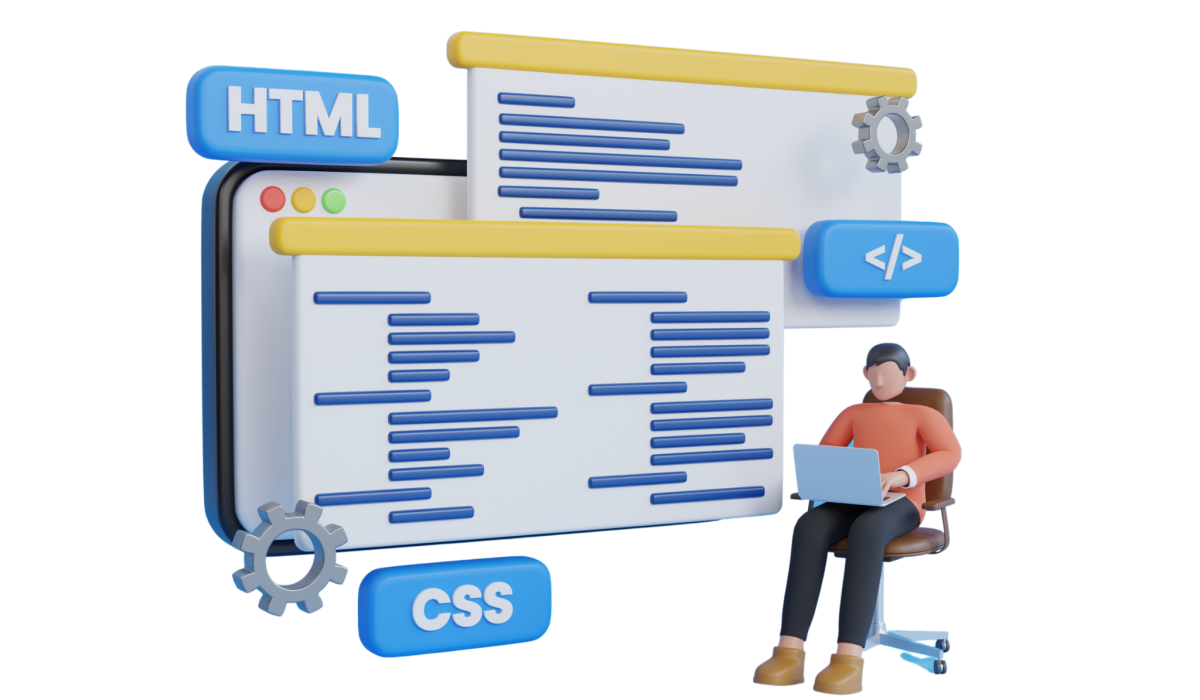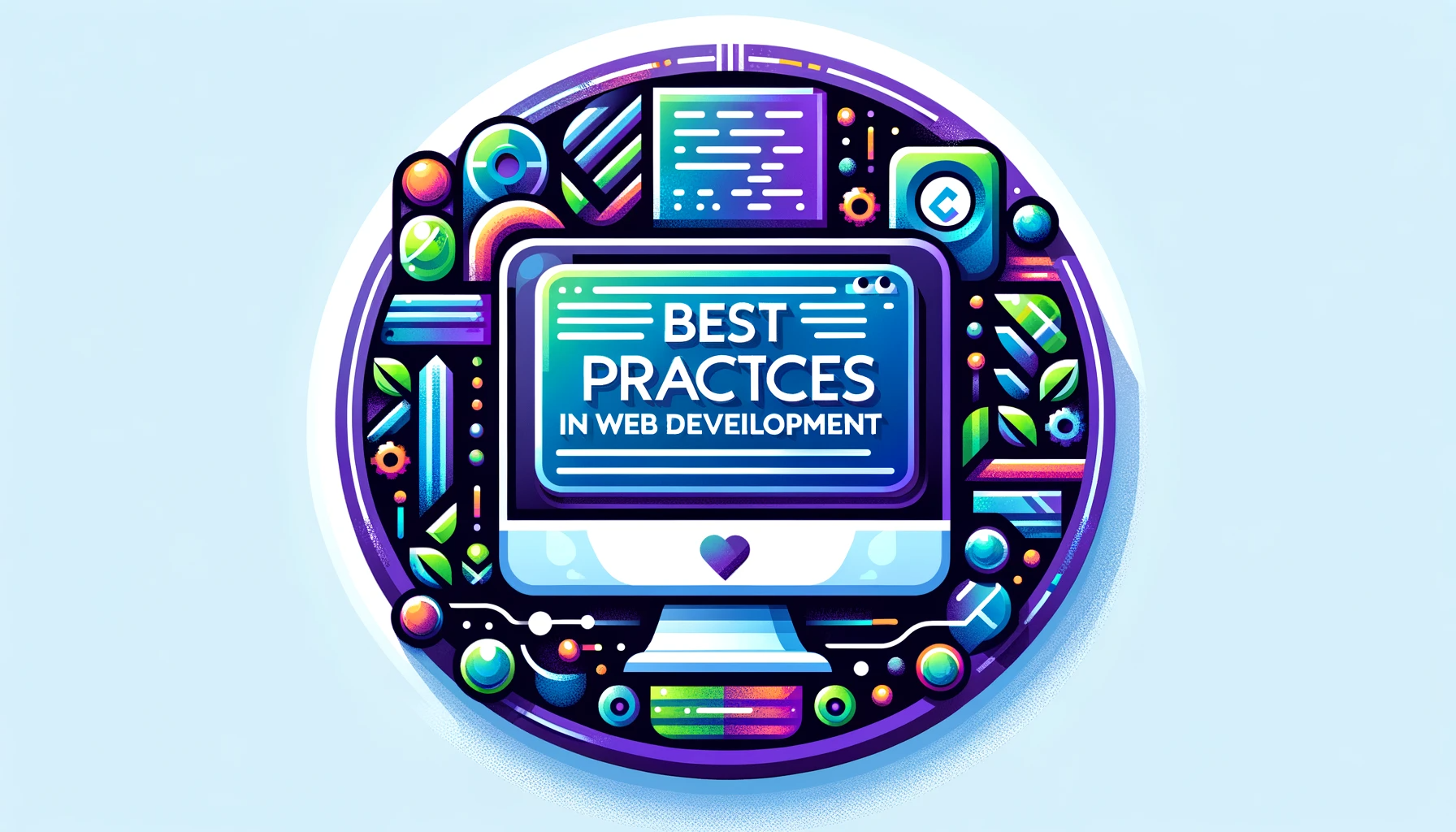A Comprehensive Guide To Modern Web Development Techniques
In the ever-evolving landscape of the digital world, understanding modern web development techniques is crucial for anyone looking to create impactful and efficient online experiences. A comprehensive guide to modern web development techniques is meticulously crafted to explore the latest trends, tools, and methodologies in web development. This guide takes you through the intricate world of coding, design, and user experience, ensuring that web development techniques are more than just a concept but a tangible set of skills and knowledge. Whether you are a beginner or an experienced developer, this guide promises to enhance your understanding and application of contemporary web development practices.

The Evolution of Web Development
Web development has evolved significantly from static HTML to dynamic, responsive interfaces thanks to CSS and JavaScript. Today’s web development includes front-end and back-end development, UX/UI design, and web performance optimization, offering a more comprehensive and user-friendly experience. This evolution marks a shift towards creating websites that are visually appealing, highly functional, and efficient, reflecting the diverse technologies and disciplines now integral to the field.
Front-End Development

Understanding HTML5, CSS3, and JavaScript
The latest version of HTML introduces more semantic elements, providing better document structure and compatibility with various devices.
With its advanced features like flexbox, grid, and animations, CSS3 allows for more sophisticated styling and responsive design.
As the backbone of interactive web applications, modern JavaScript, along with frameworks like React, Angular, and Vue.js, has transformed the interactivity of web pages.
Responsive and Mobile-First Design
The surge in mobile device usage demands websites adaptable to various screen sizes. Responsive design, employing flexible grids and media queries, is crucial for ensuring website accessibility and functionality across devices. This approach allows for a seamless user experience by automatically adjusting layout and content, whether on a smartphone, tablet, or desktop. Embracing responsive design is essential in today’s digital landscape, where mobile accessibility is not just a convenience but a necessity for reaching a broader audience. Web design services that prioritize responsive design are therefore indispensable for businesses seeking to maintain relevance and effectiveness in their online presence.
Back-End Development

Server-Side Languages and Frameworks
Revolutionizing back-end development by using JavaScript, Node.js is known for its non-blocking I/O model, making it efficient for real-time applications.
Python, with its Django framework, is celebrated for rapid development and clean, pragmatic design.
Known for its convention over configuration approach, Ruby on Rails is a favorite among startups for its ease of use and speed of development.
Database Management
Modern web applications are increasingly dependent on powerful database management systems. SQL databases such as PostgreSQL and MySQL continue to be favored for their reliability and structured query language. However, the rise of NoSQL databases, notably MongoDB, marks a significant shift. Their growing popularity is attributed to their flexibility and scalability, making them well-suited for handling large volumes of unstructured data. This shift reflects the evolving needs of modern web development, where versatility and efficiency in data management are paramount, particularly in comprehensive end-to-end web development projects. The integration of these databases into web applications underscores the importance of adaptability and performance in today’s web development practices.
Emerging Technologies and Trends
Progressive Web Apps (PWAs)
Progressive Web Apps (PWAs) are revolutionizing how we interact with web applications by emulating native mobile app experiences directly in a web browser. They combine the best of both worlds, offering the accessibility and ease of a web application with critical features of mobile apps, like offline access, push notifications, and rapid load times. PWAs provide a seamless, efficient user experience, blurring the lines between web and mobile applications and making digital content more accessible and engaging, regardless of device or network conditions.
API-First Development
API-first development has emerged as a crucial strategy in today’s microservices and cloud computing era. This approach significantly enhances integration and scalability by prioritizing the creation of robust APIs before the application itself. It allows developers to build more flexible, service-oriented architectures, ensuring that applications are well-suited for the dynamic demands of modern digital ecosystems. This method streamlines development processes and fosters a more efficient and scalable application lifecycle. Consequently, API-first development is integral to delivering advanced web solutions that are responsive to evolving technological trends and user needs.
DevOps and Continuous Integration/Deployment (CI/CD)
In today’s web development landscape, the integration of DevOps culture and practices, coupled with Continuous Integration/Continuous Deployment (CI/CD) pipelines, stands as a cornerstone for success. These methodologies foster faster deployment, enhanced collaboration, and heightened system reliability. Embracing these approaches enables teams to streamline workflows, reduce development time, and ensure consistent quality, making them indispensable in modern web development. This paradigm shift accelerates the development process and significantly improves the overall efficiency and robustness of web applications.
Best Practices in Web Development

Accessibility and Web Standards
Ensuring web accessibility is both a moral obligation and a legal necessity. Adhering to web standards such as the Web Content Accessibility Guidelines (WCAG) and implementing ARIA roles is essential for creating an inclusive digital environment. These practices are not just about technical compliance but are fundamental to enhancing the user experience for individuals with disabilities. By incorporating these techniques into web development, developers can ensure their websites are not only accessible but also align with legal requirements in various regions. This commitment to accessibility makes the Internet a more equitable and accessible space for everyone, demonstrating the profound impact of responsible web development techniques on creating a universally accessible web.
Security Considerations
Web security is paramount in today’s digital landscape. Essential practices include:
- Utilizing HTTPS for secure communication.
- Ensuring robust authentication and authorization mechanisms.
- Safeguarding against threats like SQL injection and Cross-Site Scripting (XSS) attacks.
These measures are crucial for protecting sensitive data and maintaining the integrity of web applications. By prioritizing these security practices, developers can significantly reduce vulnerabilities and build trust with users, ensuring a safer online environment.
Performance Optimization
Effective website performance is crucial for enhancing user experience and improving SEO rankings. Implementing techniques like lazy loading, which delays the loading of non-critical resources, optimizing images to reduce file sizes without sacrificing quality, and minimizing HTTP requests to reduce server load is essential. These methods collectively contribute to a faster, more efficient website, ensuring a smoother user experience and potentially higher search engine rankings, reflecting the intersection of technical optimization and user-centric design in web development.
How Much Web Development Impacts Digital Marketing
Web development’s impact on digital marketing is profound and multifaceted, fundamentally shaping how businesses reach and engage their audience. In today’s digital age, a well-designed website is a cornerstone of any effective digital marketing service. It serves as the digital storefront, reflecting a brand’s identity and values while providing a platform for interaction and conversion.
Web development plays a crucial role in SEO, determining how easily search engines can discover a website. A website’s structure, coding, and content all influence its visibility in search results. Responsive design, fast loading times, and an intuitive user interface are not just elements of good web design but essential components of SEO strategies. These aspects enhance user experience, reduce bounce rates, and increase the likelihood of higher search engine rankings.
Moreover, web development facilitates the integration of various digital marketing tools and analytics, allowing businesses to track performance, understand user behavior, and tailor their marketing strategies accordingly. The synergy between web development and digital marketing services goes beyond aesthetics; it’s about creating a robust platform that supports all facets of digital marketing—from content marketing and SEO to social media and email campaigns.
In essence, web development is the backbone of digital marketing, enabling businesses to effectively connect with their audience, enhance their online presence, and achieve their marketing goals in the digital realm.
Final Discussion For Web Development Techniques
A Comprehensive Guide to Modern Web Development Techniques is an invaluable resource for beginners and experienced developers in the ever-evolving field of web development. It offers a deep dive into current trends and methodologies, ensuring readers have the necessary skills and knowledge to excel. By embracing these web development techniques, developers can create more efficient, responsive, and user-friendly websites. This guide reinforces fundamental concepts and introduces cutting-edge practices, demonstrating how web development continues to be a dynamic and innovative field. Embracing these techniques will undoubtedly pave the way for future advancements and success in web development.

